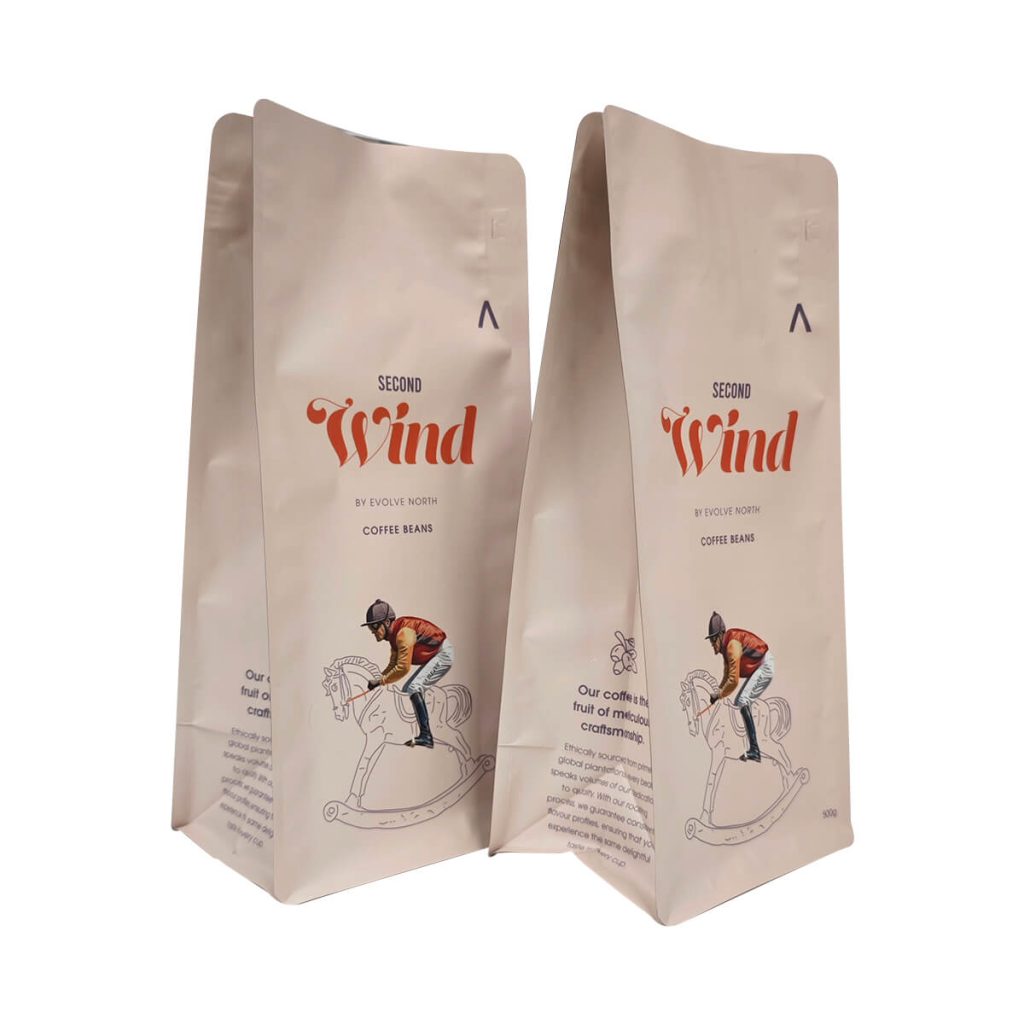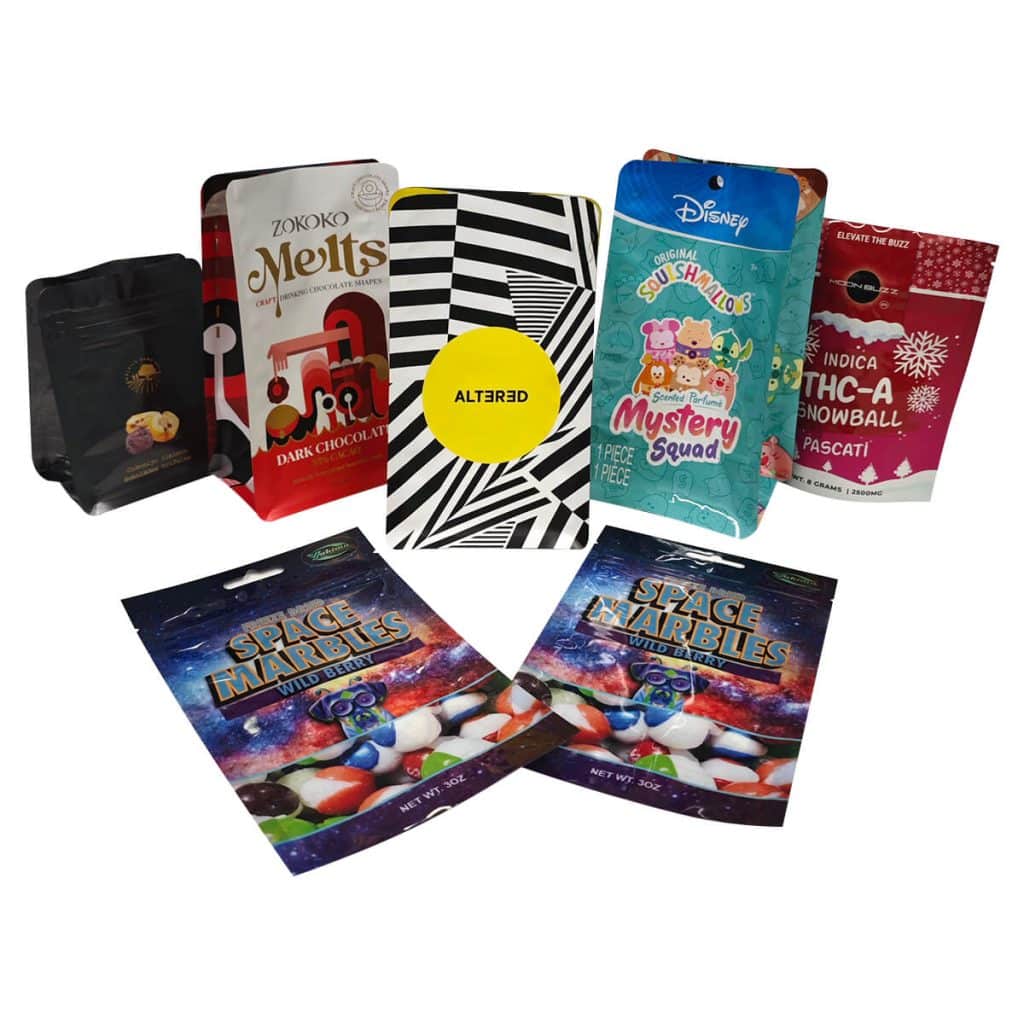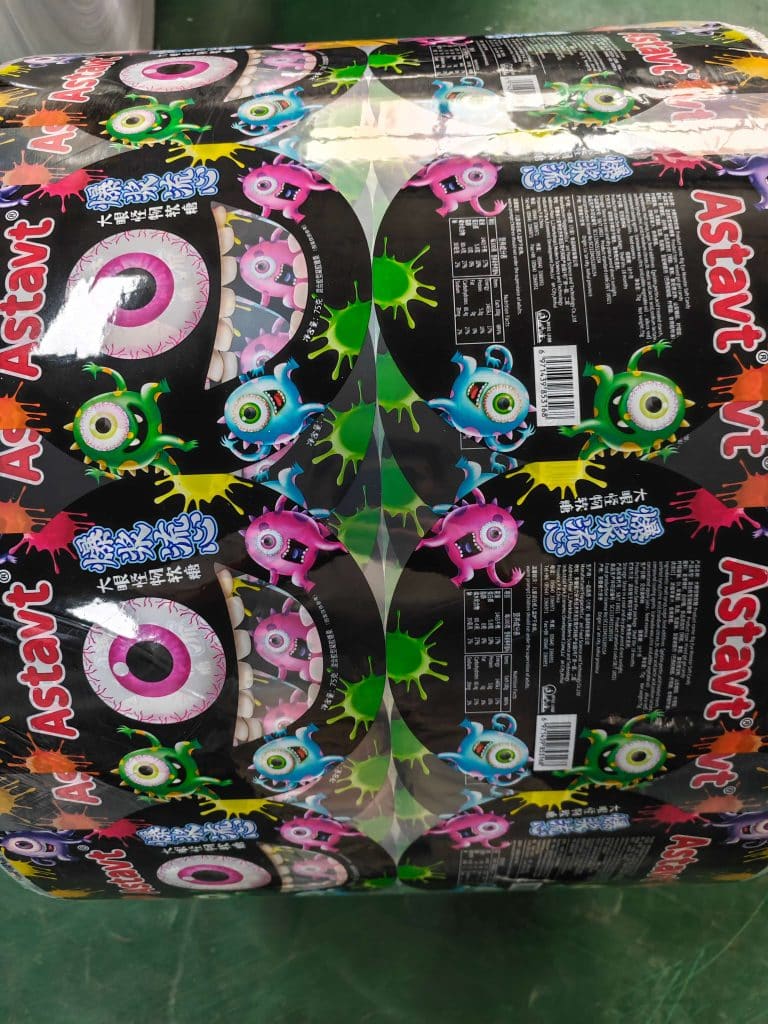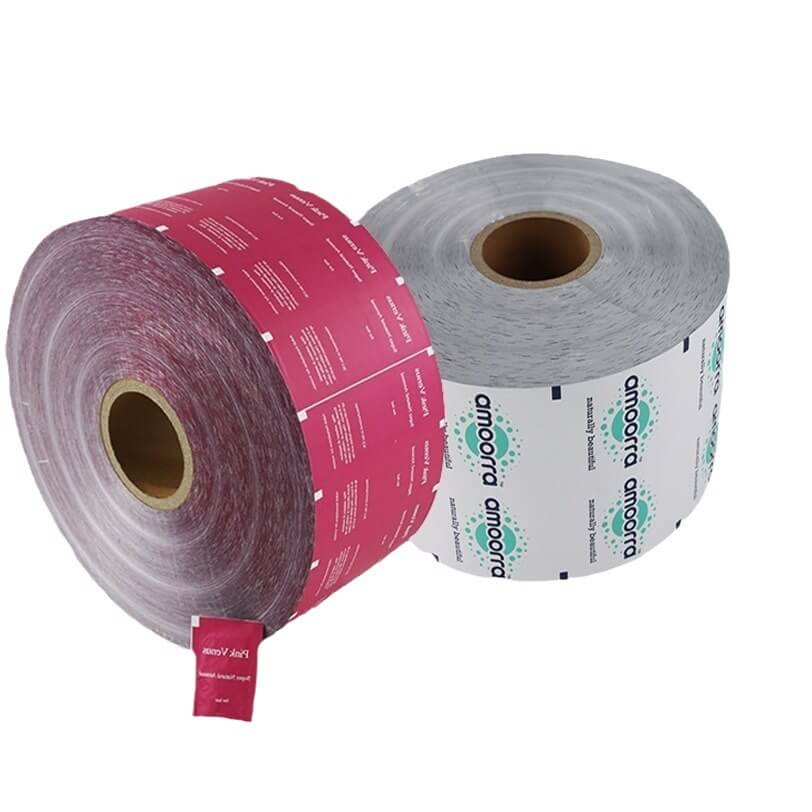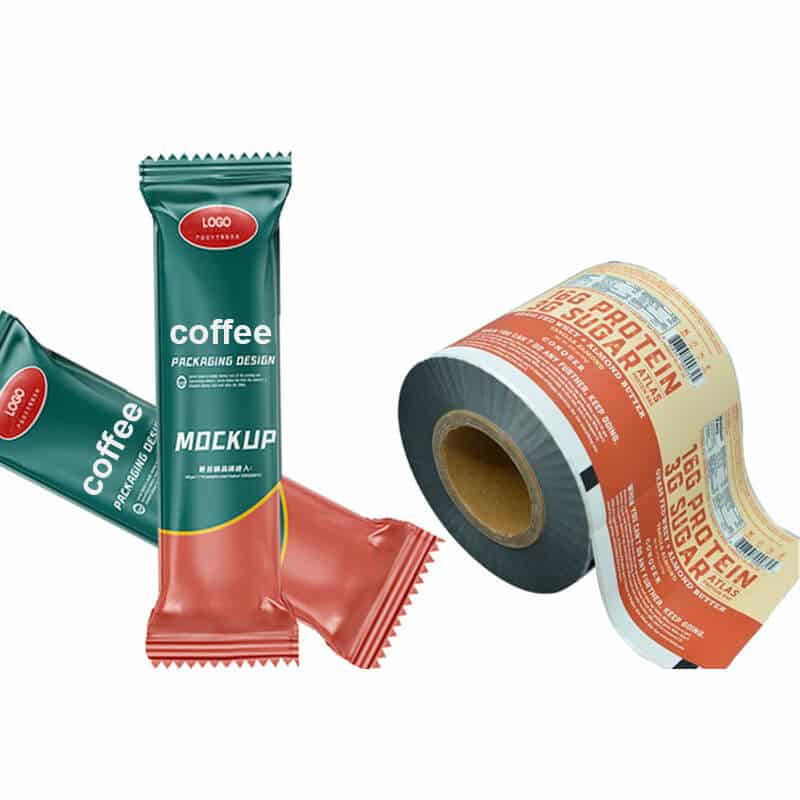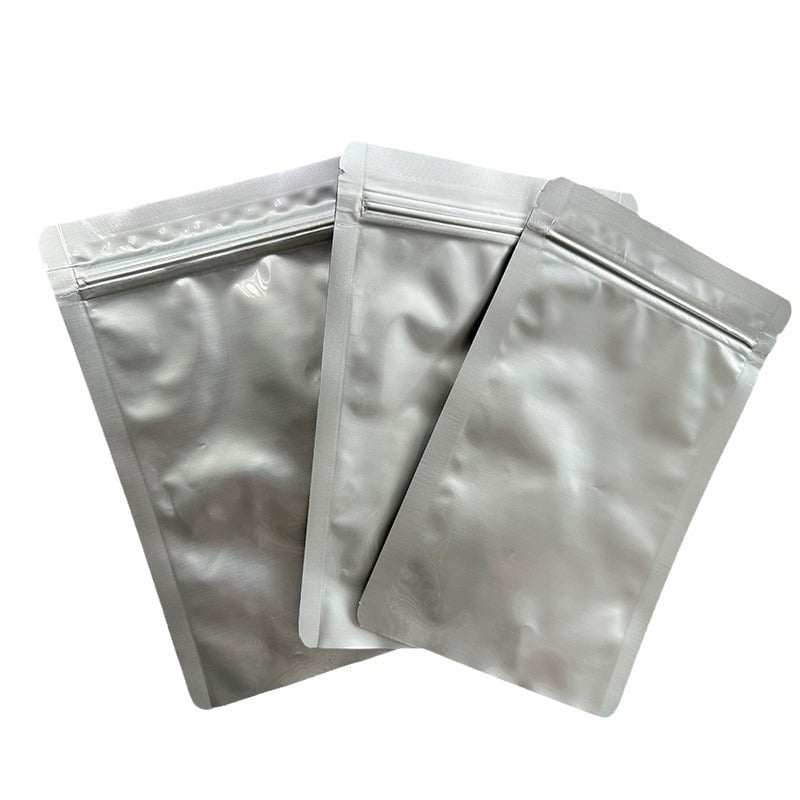Brazilian Medium Roast Coffee
Brazilian Medium Roast Coffee
A medium roast is a roast where the coffee beans are roasted to a medium color, usually for 10-12 minutes.
This type of roasting results in a more rounded flavor and aroma, as well as a lower caffeine content than in light roasting.
Medium roasted coffee beans are dark brown, with a smooth and somewhat oily surface, but not over-roasted.
Coffee beans will always be in a state of heat absorption during the roasting process. The water loss rate of medium-roasted coffee beans is about 15%, while the water loss rate of dark-roasted coffee beans is about 20%.
Therefore, for a single bean, a medium-roasted coffee bean is slightly heavier than a dark-roasted coffee bean.
Medium-roasted coffee beans have a more balanced color and medium taste and are mainly used for lattes and other coffees.
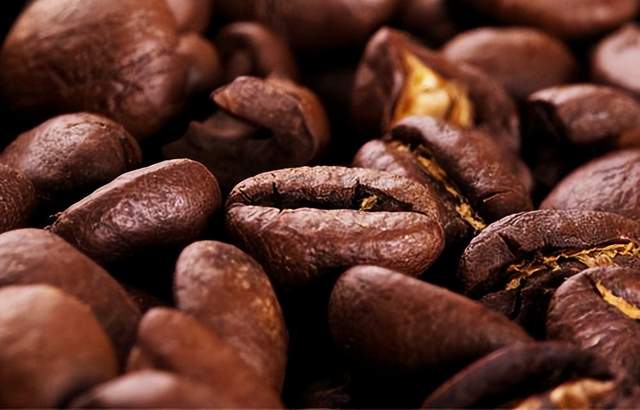
Introduction to Brazilian Coffee
Brazilian coffee refers to coffee produced in Brazil. There are many types of Brazilian coffee, most of which are unwashed and sun-dried, and they are categorized according to the name of the state of origin and the port of shipment.
There are 21 states in Brazil, 17 of which produce coffee, but 4 of them have the most significant production, accounting for 98% of the total national production.
Brazil is the world’s number one coffee exporter. Coffee cultivation in the country is mainly concentrated in the central and southern regions.
The terrain in this region is relatively flat, with abundant rainfall, and the coffee plantations are primarily at an altitude of about 1,200 meters above sea level.
The quality of Brazilian coffee is relatively average, but there are very few relatively soft and highly high-quality coffee beans.
The beans are soft and generally dried without being washed, and they are obviously intolerant of fire in roasting. As a result, although Brazil is a major coffee exporter, there are only some Brazilian coffee that can be considered the finest.
However, because the beans are neutral, they are one of the best choices for use in blends with other coffees.
Brazilian Coffee Flavor Quality Characteristics
Brazilian Coffee is a low-acid, medium-roasted coffee bean from the coffee centers of the world. Brazilian Coffee, as a premium coffee variety, can be consumed singly or in blends.
- Top quality beans: Sando type NO.2, size NO.18
- Flavor characteristics: Mild, moderate acidity and bitterness, and soft aroma.
- Optimum degree of decoction: Medium decoction.
Brazilian Coffee has a mild flavor, moderate acidity and bitterness, and a soft aroma. It is primarily a low-acid, medium-roasted coffee bean.
The taste of Brazilian Coffee is low acidity, which is combined with the sweet and bitter flavor of the Coffee, making it incredibly smooth in the mouth and having a light grassy aroma.
It has a light grassy aroma, a slightly bitter taste, and a smooth, refreshing aftertaste.
Diversity is also a significant characteristic of Brazilian Coffee. For example, the Coffee produced in the northern coastal region has an iodine flavor, which is easily reminiscent of the sea.
It is generally exported to North America, the Middle East, and Eastern Europe. The representative variety is the Rio bean, which is made from coffee berries dried on trees and fermented during the drying process.
What are the flavors of Brazilian coffee?
The central regions producing Brazilian coffee beans are MinasGerais, Sao Paulo, Bahia, and Espirito Santo. These four places account for 90% of the country’s exports.
Our common Mojiana is from Sao Paulo, Minas Gerais in the Hirado and South Minas because these three producing areas have higher altitudes and more production of fine Brazilian coffee beans.
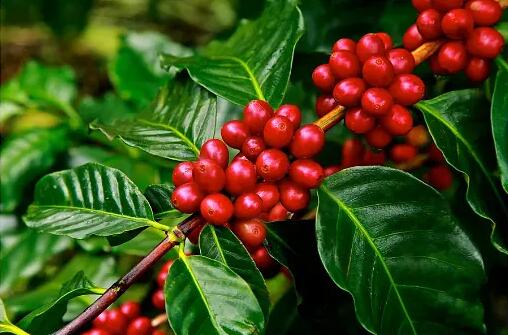
Minas Gerais MINASGERAIS
Minas Gerais is located in the southeastern part of Brazil and has some of the highest mountain ranges in the country, providing the high altitude needed to grow coffee. It is the largest producer of coffee in Brazil among the central states and produces almost exclusively Arabica coffee.
São Paulo
Brazil’s traditional coffee production area, Mogiana (MOGIANA), is the state of São Paulo’s more famous production areas; the region’s altitude of 900 ~ 1100 meters, the average temperature throughout the year is 20C, coffee has a good sweetness and balance.
BAHIA
The most famous planting area in this state is located in the center of the Planalto Baiano region of the Diamond Plateau Chapada Diamantina, at an altitude of 1,000 to 1,200 meters, with rich landscapes and interlocking foothills.
Espirito Santo SANTO
Espirito Santo is the second-largest coffee-producing state in Brazil and the largest producer of Robusta. Farmers in the southern part of the region tend to produce raw Arabica.
You will find two types of coffee in the stores: Arabica and Robusta. The former accounts for the majority of Brazilian coffee (estimated to be close to 70%).
Generally speaking, Arabica beans have a sweeter, softer flavor. While they still produce a full-flavored cup of coffee, the beans are loaded with sugar, fruit, and berry flavors and are, therefore, usually on the sweeter side.
Robusta, on the other hand, tends to be more robust, nutty, and bitter. Perhaps not surprisingly, most coffee drinkers prefer Arabica coffee for its smoother but more complex flavor.
The description of Arabica coffee beans can also be applied to the flavor profile of Brazilian coffee beans. Many experts agree that Brazilian coffee has a unique flavor profile, particularly low acidity, smoothness, and sweetness. It often has a hint of chocolate, caramel, or a slight nutty flavor.
However, the exact flavor profile of Brazilian coffee beans ultimately depends on the type of cherry (the fruit from which we get the beans after drying). Here are a few of the coffee beans found in Brazil and their unique flavors:
Catuai is the ripest red and yellow cherry and, therefore, the sweetest.
Mundo Novo is a heavier coffee bean with lower acidity and a sweet flavor.
Obata has a mellower character and gives off light floral notes and honey tones from the natural drying process.
Ikatu is crossed with Robusta and is known for its highly distinctive cocoa, maple, and malt flavors.
The origin of the beans also influences the unique flavor of Brazilian coffee. Some regions produce rich, medium-bodied coffees with a sweet taste, while others produce fruity coffees with a hint of spice. The process of obtaining the beans (whether wet or dry) also affects the flavor.
Brazilian Coffee Roasting Method
Coffee Bean Processing Method
Semi-drying, also known as peeling, is different from traditional drying in that it removes the skins from the coffee berries, allowing you to control the degree of fermentation of the coffee beans with the pulp after the skins have been removed.
In contrast, traditional solarization also involves the removal of the skin, which makes it impossible to see the degree of fermentation of the pulp. Semi-drying is a method between drying and washing.
However, without the process of “fermentation in a pool and rinsing in water” of the washing process, it is directly exposed to the sun. Although it is a similar method, the flavor of the coffee beans is very different without the fermentation step.
Roasting Advice
Brazilian coffee grows at an altitude of 1,000-1,300 meters above sea level, so its density is relatively low, its water content is moderate, and its beans are soft and thin from the surface to the core, so it is not suitable for roasting at too high a temperature, which will result in a burnt and bitter taste;
We use the choice of medium fire cast beans way, keeping the fire to the dehydration stage after the beginning of a burst of fine-tuning as the temperature rises, prompting the caramelization reaction more fully; this half-washed a burst of slow warming to the approaching two bursts can be under the beans.
Specific roasting coffee roasting method
The first roasting is the key to the Brazilian coffee beans in the market; in the roasting process, the roaster, through the control of temperature and time, is used to master the taste and flavor of the coffee beans. Depending on the degree of roasting, the taste of the coffee beans varies.
- Light Roast (Cinnamon Roast): Temperature between 180 and 205 degrees; honey flavor and slight acidity are more prominent, suitable for drinking with milk.
- Medium Roast (City Roast): temperature between 205 and 220 degrees, acidity and sugar, are relatively balanced, have a more balanced taste, and are a more traditional and classic roasting method.
- Deep Roast (French Roast): Temperature above 220 degrees, more fully roasted, acidity is significantly reduced, the taste is more intense and more pronounced bitterness, suitable for black coffee lovers. How to choose the proper Brazilian coffee for your taste.
When choosing Brazilian coffee, the first thing you need to do is to select a roasting degree that suits your taste and preference. At the same time, coffee beans from different origins have different characteristics and flavors, so you can find the coffee that best suits your taste through several tastings.
Summarize
Brazilian coffee occupies an essential position in the world coffee market; a large number of Brazilian coffee is exported all over the world, and we, as a professional coffee bag manufacturer, need to improve the customized coffee bags and enhance the customer coffee bags brand.
